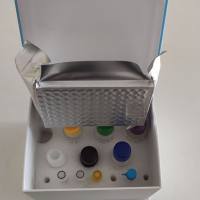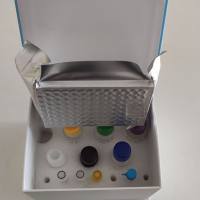Animal models are necessary to reproduce the complex host, microbial and environmental influences associated with infectious carcinogenesis of the digestive system. Today, mouse models are preferred by most researchers because of cost efficiencies, rapid reproduction, choice of laboratory reagents, and availability of genetically engineered mutants to study specific gene functions in vivo. Mouse models have validated the once-provocative hypothesis that Helicobacter pylori infection is a major risk factor for gastric carcinoma, dispelling early skepticism over the pathogenic nature of this organism in the human stomach. Enterohepatic Helicobacter spp. induce inflammatory bowel disease and colorectal carcinoma in susceptible mouse strains, permitting study of host immunity and microbial factors at the cellular and molecular level. H. hepaticus is the only proven infectious hepatocarcinogen of mice and has been used to explore mechanisms of inflammation-associated liver cancer as seen in human chronic viral hepatitis. For example, this model was used to identify for the first time a potential mechanism for male-predominant liver cancer risk independent of circulating sex hormones. Helicobacter -based mouse models of digestive system carcino-genesis are used to investigate the basic biology of inflammation-associated human cancers and to evaluate therapeutic interventions at the discovery level. Because of exciting advances in genetic engineering of mice, in vivo imaging, and system-wide genomics and proteomics, these models will provide even more information in the future. This chapter introduces the mouse as a model species; summarizes important models of inflammation-associated cancer incited by murine Helicobacter infection; and describes methods for the collection, sampling, and histologic grading of mouse digestive system tissues.






